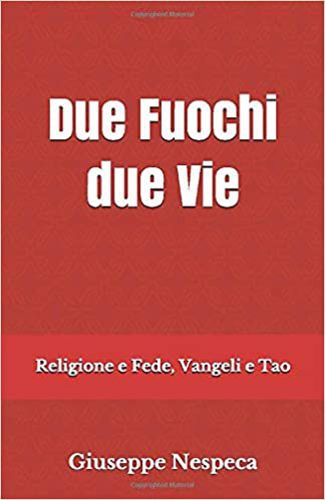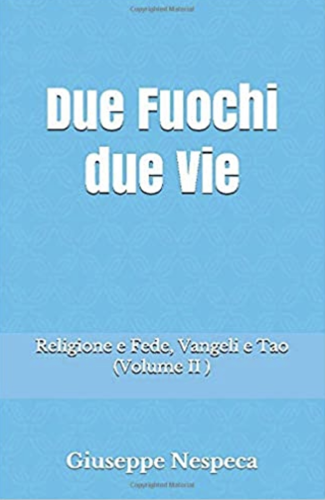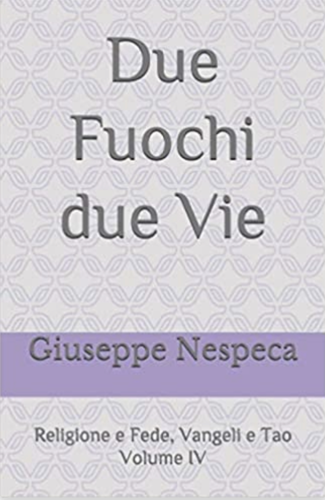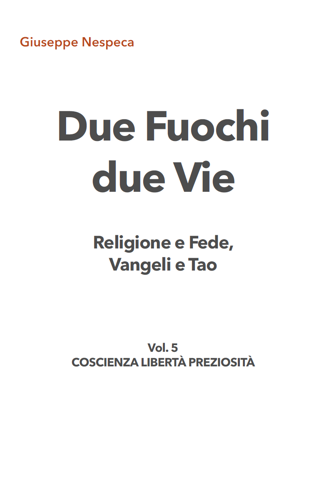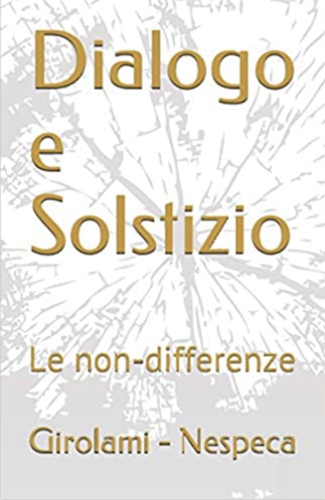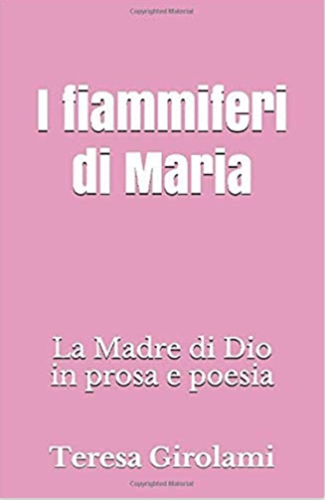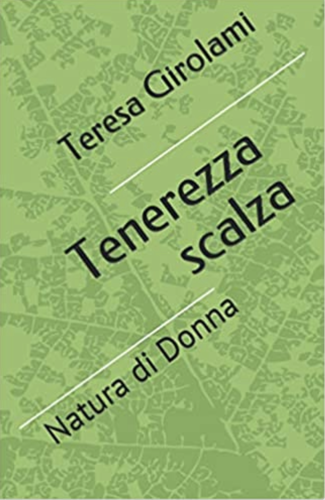Dear Brothers and Sisters,
With our great pilgrimage to Mariazell, we are celebrating the patronal feast of this Shrine, the feast of Our Lady’s Birthday. For 850 years pilgrims have been travelling here from different peoples and nations; they come to pray for the intentions of their hearts and their homelands, bringing their deepest hopes and concerns. In this way Mariazell has become a place of peace and reconciled unity, not only for Austria, but far beyond her borders. Here we experience the consoling kindness of the Madonna. Here we meet Jesus Christ, in whom God is with us, as today’s Gospel reminds us – Jesus, of whom we have just heard in the reading from the prophet Micah: “He himself will be peace” (5:4). Today we join in the great centuries-old pilgrimage. We rest awhile with the Mother of the Lord, and we pray to her: Show us Jesus. Show to us pilgrims the one who is both the way and the destination: the truth and the life.
The Gospel passage we have just heard broadens our view. It presents the history of Israel from Abraham onwards as a pilgrimage, which, with its ups and downs, its paths and detours, leads us finally to Christ. The genealogy with its light and dark figures, its successes and failures, shows us that God can write straight even on the crooked lines of our history. God allows us our freedom, and yet in our failures he can always find new paths for his love. God does not fail. Hence this genealogy is a guarantee of God’s faithfulness; a guarantee that God does not allow us to fall, and an invitation to direct our lives ever anew towards him, to walk ever anew towards Jesus Christ.
Making a pilgrimage means setting out in a particular direction, travelling towards a destination. This gives a beauty of its own even to the journey and to the effort involved. Among the pilgrims of Jesus’s genealogy there were many who forgot the goal and wanted to make themselves the goal. Again and again, though, the Lord called forth people whose longing for the goal drove them forward, people who directed their whole lives towards it. The awakening of the Christian faith, the dawning of the Church of Jesus Christ was made possible, because there were people in Israel whose hearts were searching – people who did not rest content with custom, but who looked further ahead, in search of something greater: Zechariah, Elizabeth, Simeon, Anna, Mary and Joseph, the Twelve and many others. Because their hearts were expectant, they were able to recognize in Jesus the one whom God had sent, and thus they could become the beginning of his worldwide family. The Church of the Gentiles was made possible, because both in the Mediterranean area and in those parts of Asia to which the messengers of Jesus travelled, there were expectant people who were not satisfied by what everyone around them was doing and thinking, but who were seeking the star which could show them the way towards Truth itself, towards the living God.
We too need an open and restless heart like theirs. This is what pilgrimage is all about. Today as in the past, it is not enough to be more or less like everyone else and to think like everyone else. Our lives have a deeper purpose. We need God, the God who has shown us his face and opened his heart to us: Jesus Christ. Saint John rightly says of him that only he is God and rests close to the Father’s heart (cf. Jn 1:18); thus only he, from deep within God himself, could reveal God to us – reveal to us who we are, from where we come and where we are going. Certainly, there are many great figures in history who have had beautiful and moving experiences of God. Yet these are still human experiences, and therefore finite. Only HE is God and therefore only HE is the bridge that truly brings God and man together. So if we Christians call him the one universal Mediator of salvation, valid for everyone and, ultimately, needed by everyone, this does not mean that we despise other religions, nor are we arrogantly absolutizing our own ideas; on the contrary, it means that we are gripped by him who has touched our hearts and lavished gifts upon us, so that we, in turn, can offer gifts to others. In fact, our faith is decisively opposed to the attitude of resignation that considers man incapable of truth – as if this were more than he could cope with. This attitude of resignation with regard to truth, I am convinced, lies at the heart of the crisis of the West, the crisis of Europe. If truth does not exist for man, then neither can he ultimately distinguish between good and evil. And then the great and wonderful discoveries of science become double-edged: they can open up significant possibilities for good, for the benefit of mankind, but also, as we see only too clearly, they can pose a terrible threat, involving the destruction of man and the world. We need truth. Yet admittedly, in the light of our history we are fearful that faith in the truth might entail intolerance. If we are gripped by this fear, which is historically well grounded, then it is time to look towards Jesus as we see him in the shrine at Mariazell. We see him here in two images: as the child in his Mother’s arms, and above the high altar of the Basilica as the Crucified. These two images in the Basilica tell us this: truth prevails not through external force, but it is humble and it yields itself to man only via the inner force of its veracity. Truth proves itself in love. It is never our property, never our product, just as love can never be produced, but only received and handed on as a gift. We need this inner force of truth. As Christians we trust this force of truth. We are its witnesses. We must hand it on as a gift in the same way as we have received it, as it has given itself to us.
“To gaze upon Christ” is the motto of this day. For one who is searching, this summons repeatedly turns into a spontaneous plea, a plea addressed especially to Mary, who has given us Christ as her Son: “Show us Jesus!” Let us make this prayer today with our whole heart; let us make this prayer above and beyond the present moment, as we inwardly seek the Face of the Redeemer. “Show us Jesus!” Mary responds, showing him to us in the first instance as a child. God has made himself small for us. God comes not with external force, but he comes in the powerlessness of his love, which is where his true strength lies. He places himself in our hands. He asks for our love. He invites us to become small ourselves, to come down from our high thrones and to learn to be childlike before God. He speaks to us informally. He asks us to trust him and thus to learn how to live in truth and love. The child Jesus naturally reminds us also of all the children in the world, in whom he wishes to come to us. Children who live in poverty; who are exploited as soldiers; who have never been able to experience the love of parents; sick and suffering children, but also those who are joyful and healthy. Europe has become child-poor: we want everything for ourselves, and place little trust in the future. Yet the earth will be deprived of a future only when the forces of the human heart and of reason illuminated by the heart are extinguished – when the face of God no longer shines upon the earth. Where God is, there is the future.
“To gaze upon Christ”: let us look briefly now at the Crucified One above the high altar. God saved the world not by the sword, but by the Cross. In dying, Jesus extends his arms. This, in the first place, is the posture of the Passion, in which he lets himself be nailed to the Cross for us, in order to give us his life. Yet outstretched arms are also the posture of one who prays, the stance assumed by the priest when he extends his arms in prayer: Jesus transformed the Passion, his suffering and his death, into prayer, and in this way he transformed it into an act of love for God and for humanity. That, finally, is why the outstretched arms of the Crucified One are also a gesture of embracing, by which he draws us to himself, wishing to enfold us in his loving hands. In this way he is an image of the living God, he is God himself, and we may entrust ourselves to him.
“To gaze upon Christ!” If we do this, we realize that Christianity is more than and different from a moral code, from a series of requirements and laws. It is the gift of a friendship that lasts through life and death: “No longer do I call you servants, but friends” (Jn 15:15), the Lord says to his disciples. We entrust ourselves to this friendship. Yet precisely because Christianity is more than a moral system, because it is the gift of friendship, for this reason it also contains within itself great moral strength, which is so urgently needed today on account of the challenges of our time. If with Jesus Christ and his Church we constantly re-read the Ten Commandments of Sinai, entering into their full depth, then a great, valid and lasting teaching unfolds before us. The Ten Commandments are first and foremost a “yes” to God, to a God who loves us and leads us, who carries us and yet allows us our freedom: indeed, it is he who makes our freedom real (the first three commandments). It is a “yes” to the family (fourth commandment), a “yes” to life (fifth commandment), a “yes” to responsible love (sixth commandment), a “yes” to solidarity, to social responsibility and to justice (seventh commandment), a “yes” to truth (eighth commandment) and a “yes” to respect for other people and for what is theirs (ninth and tenth commandments). By the strength of our friendship with the living God we live this manifold “yes” and at the same time we carry it as a signpost into this world of ours today.
“Show us Jesus!” It was with this plea to the Mother of the Lord that we set off on our journey here. This same plea will accompany us as we return to our daily lives. And we know that Mary hears our prayer: yes, whenever we look towards Mary, she shows us Jesus. Thus we can find the right path, we can follow it step by step, filled with joyful confidence that the path leads into the light – into the joy of eternal Love. Amen.
[Pope Benedict, homily, 8 September 2007]





